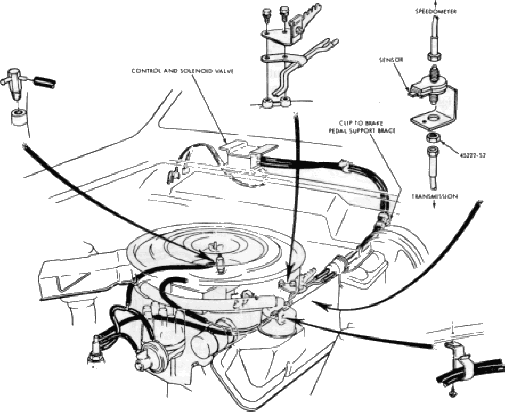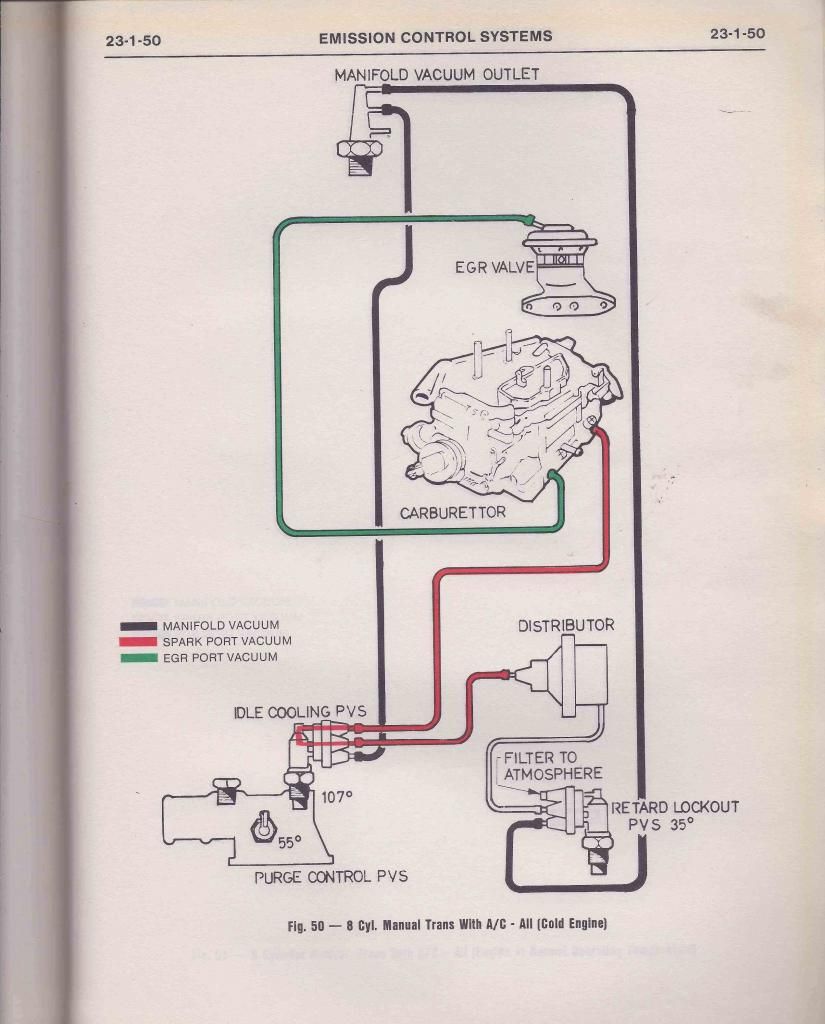need some schooling on the whole subject... what is factory base timing for 5.0? is it...
A. 10* BTDC (before top dead center)
B. TDC
C. 10* ATDC (after top dead center)
D. none of the above
i just about an hour ago made some marks on my balancer i can finally see..(TDC/ 5* ATDC/ 10* ATDC/ 15* ATDC)
it is currently at TDC no clue on total timing my guess is somewhere in the high 30s/ low 40s
here is what it does- has more power at full throttle until 3500-4000rpm then it falls on its face
engine bucking it down to a minimum but id like the vacuum advance to come in around 2200-2500rpm rather than basically off idle
i have been messing with the vacuum advance can also and currently have it in 3 turns(3 full right turns) WHAT i want to know is- does turning the can screw in(right turn) add or take how much it advances the timing?
if anyone local can come help me set this thing up for a afternoon that would be awesome






 Reply With Quote
Reply With Quote












Connect With Us